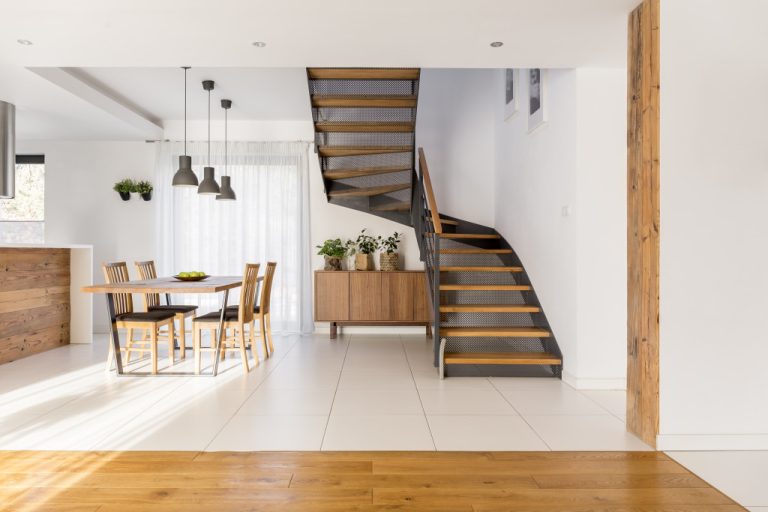The construction industry is polluting. In fact, one study claims that the construction industry is four times more polluting than flying on an aeroplane.
The process creates a lot of waste that, sometimes, gets carried over and affects people who live within the vicinity. In particular, Dust is a concern because it travels through the air, reaches places that are farther away, and can be inhaled by anyone.
Effects of Inhaling Dust
Dust can either be organic or inorganic. It is considered organic if it comes from plants or animals. The dust that comes from construction sites is inorganic.
When a person is exposed to dust, they may experience various symptoms. Inhalation can irritate the respiratory system, causing coughing, sneezing, runny or blocked nose, and chest tightness. It can also exacerbate symptoms of existing health conditions, including allergies and asthma.
Long-term, people exposed to dust may develop pneumoconiosis, better known as dusty lungs.
Workers get special gears from construction PPE suppliers to shield themselves from the short-term and long-term effects of inhaling dust. They are regularly exposed to dust and, therefore, at risk of developing health conditions.
However, regular folks are not safe. Many are not even aware of the hazards that come from pollution generated by construction sites. In a city where there is always a new building being built, people are always at risk of inhaling dust.
Regular house renovations also create dust that may affect the well-being of the people who live in it. It can travel from room to room.
Move Out
Dust is small and, therefore, hard to control. Because of its size, it can fit through any gaps and cracks within a space. It also floats with the air and can reach any part of your home.
It is advisable for families, especially those who have very young kids, to move out into a hotel or a friend’s house while a remodeling process is ongoing. Even if only one room or the first floor is affected, it can create dust that will spread throughout the house.
When the kids start sneezing or coughing, consider bringing them somewhere else.
Separate the Construction Site with the Rest of the House
Before work in your home begins, you should create a separate bubble for the construction site. Speaking with the contractor will help you figure out what you can do to minimize the amount of dust that ends up in the rest of the house as much as possible.
Using plastic sheets is the usual strategy. Attaching them to the ceiling and the walls to seal the area and prevent dust from floating away.
The floors, both inside and outside the work area, should also be protected. If there is a carpet nearby, it is safer to remove it and store it somewhere else. Carpets notoriously collect dust and debris.

Air Purifiers in Every Room
If you insist on living in the same house while construction and renovations are ongoing, investing in an air purifier will keep you breathing clean air instead of dust.
There are different air purifiers available in the market, each with a different mechanism to clear the air of any harmful substance. What you need is to use a high-efficiency particulate air filter (HEPA), which can remove 99.97% of airborne particles sized at 0.3 microns or higher. This includes dust.
An air purifier would suck indoor air, filter any irritant floating around, and release clean air. Although the air is being circulated, it is safe to breathe.
However, you might want to stay away from air purifiers that generate ionic fields that emit negatively charged ions to attract positively charged ions in particulates. These devices create ozone that, if inhaled, can also lead to health problems.
Get a Fan
A fan blowing air out of the window from the construction site will prevent dust from settling all over the house. Even if there are crevices in the work area, the dust will unlikely move through it. The fan creates a vacuum in which dust-laden air is pulled toward outside rather than spread in other rooms in the house.
It is also necessary that homeowners regularly vacuum different areas around the house during the renovation. It will prevent dust from accumulating and settling on furniture pieces where they are more likely to be inhaled.
Renovating a house creates a lot of waste, including dust that can be inhaled by anyone in the vicinity. While creating dust during renovation is unavoidable, homeowners can prevent it from moving to other rooms in the house and being breathed by family members.




